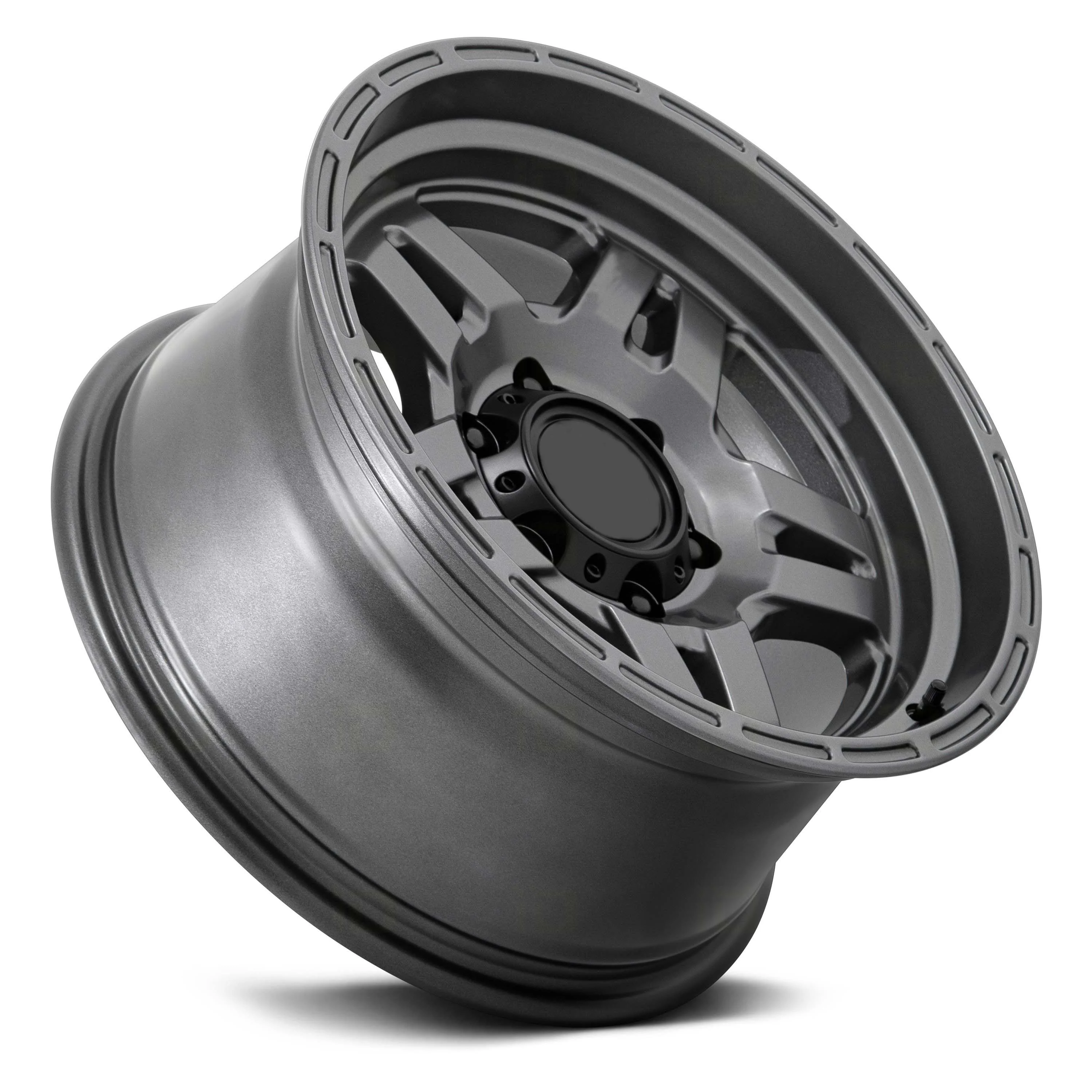Aftermarket wheels not only enhance the aesthetics of your vehicle, but also provide improved performance and functionality. In this blog post, Ouya shares the complex manufacturing process of customizable commercial aftermarket wheel hubs. From design and material selection to casting, machining and finishing, we'll explore every step involved in creating these high-quality components.
1. Design and Material Selection
The manufacturing process of customizable commercial aftermarket wheel hubs begins with meticulous design and material selection. Design engineers work closely with automotive experts to create innovative and visually appealing designs that meet the specific requirements of customers. They consider factors such as load capacity, vehicle compatibility, and aesthetic preferences during the design phase.
Once the design is finalized, the next crucial step is material selection. High-quality materials like aluminum alloys or steel are commonly used due to their strength, durability, and lightweight properties. The selection of materials depends on various factors, including the intended application, vehicle type, and desired performance characteristics.
2. Casting
After the design and material selection, the manufacturing process moves on to casting. Casting is a widely used method for producing complex shapes and intricate details. In the case of customizable commercial aftermarket wheel hubs, casting involves the creation of a mold that replicates the desired shape and features of the wheel hub.
The casting process typically starts with the creation of a pattern, which is an exact replica of the final wheel hub. This pattern is used to create a mold, usually made of sand or metal, into which molten metal is poured. The metal solidifies within the mold, taking the shape of the pattern. Once cooled, the mold is removed, leaving behind a rough casting of the wheel hub.
3. Machining
After the casting process, the rough casting undergoes machining to achieve the desired dimensions, surface finish, and functional features. Machining involves various processes such as turning, milling, drilling, and grinding.
Turning is the process of rotating the casting against a cutting tool to remove excess material and create cylindrical shapes. Milling involves the use of rotating cutters to remove material and create complex shapes and features. Drilling is used to create holes, while grinding is employed to achieve a smooth surface finish.
During the machining process, precision and accuracy are crucial to ensure the wheel hubs meet the required specifications. Computer Numerical Control (CNC) machines are commonly used to achieve high levels of precision and repeatability.

4. Finishing
Once the machining process is complete, the wheel hubs undergo various finishing processes to enhance their appearance and protect them from corrosion. Finishing techniques include polishing, painting, powder coating, and anodizing.
Polishing involves the use of abrasive materials to remove any surface imperfections and create a smooth, reflective surface. Painting and powder coating provide a protective layer and allow for customization in terms of color and design. Anodizing is an electrochemical process that creates a durable and corrosion-resistant oxide layer on the surface of the wheel hub.
5. Quality Control and Testing
Before the customizable commercial aftermarket wheel hubs are ready for market, they undergo rigorous quality control and testing procedures. These procedures ensure that the wheel hubs meet the highest standards of performance, safety, and durability.
Quality control involves inspecting the wheel hubs for any defects, dimensional accuracy, and surface finish. Non-destructive testing methods such as X-ray inspection and ultrasonic testing are employed to detect any internal flaws or structural weaknesses.
Additionally, the wheel hubs are subjected to various performance tests, including load capacity, fatigue testing, and impact resistance. These tests simulate real-world conditions to ensure the wheel hubs can withstand the demands of everyday use.
Conclusion
The manufacturing process of customizable commercial aftermarket wheel hubs is a complex and intricate journey that involves design, material selection, casting, machining, finishing, and rigorous quality control. Each step plays a crucial role in creating high-quality wheel hubs that meet the demands of the automotive aftermarket industry.
Ouya
davidxu@ouyawchina.com
